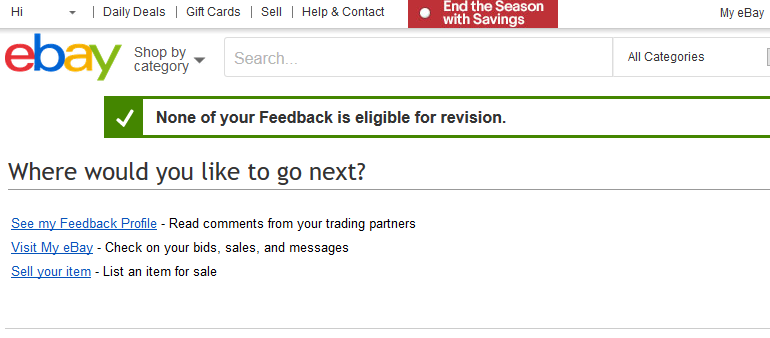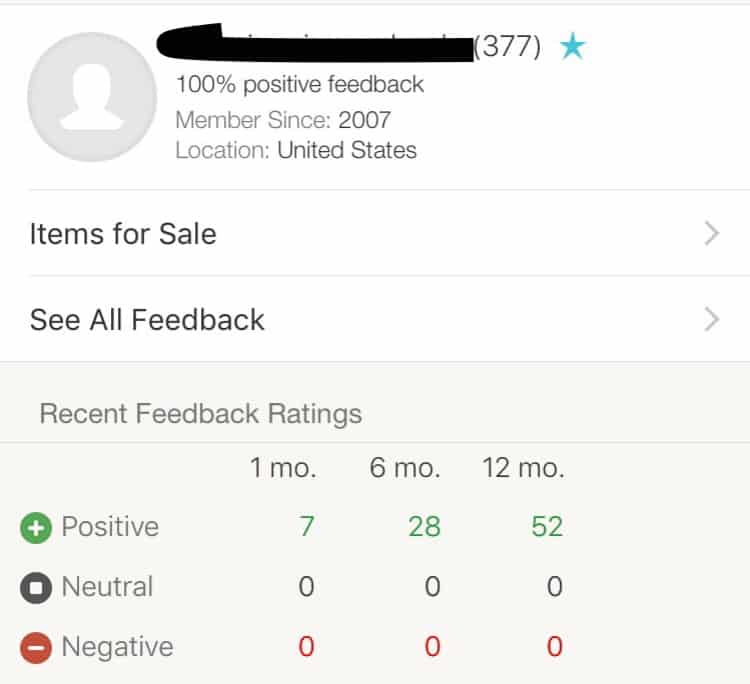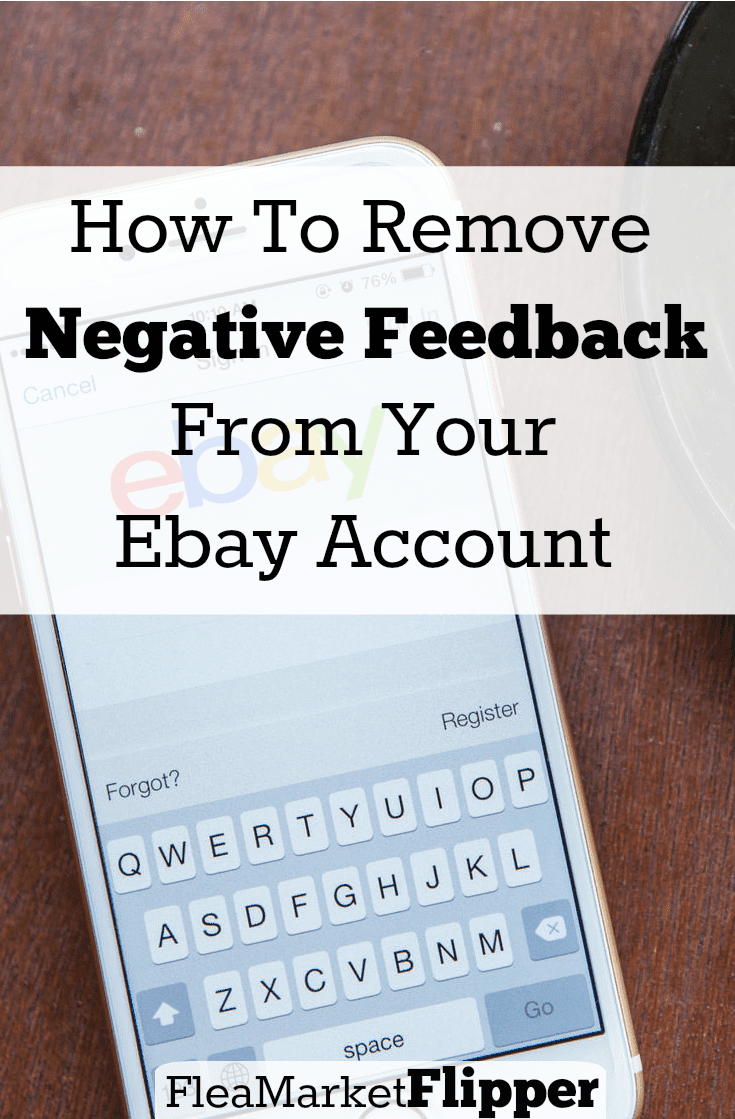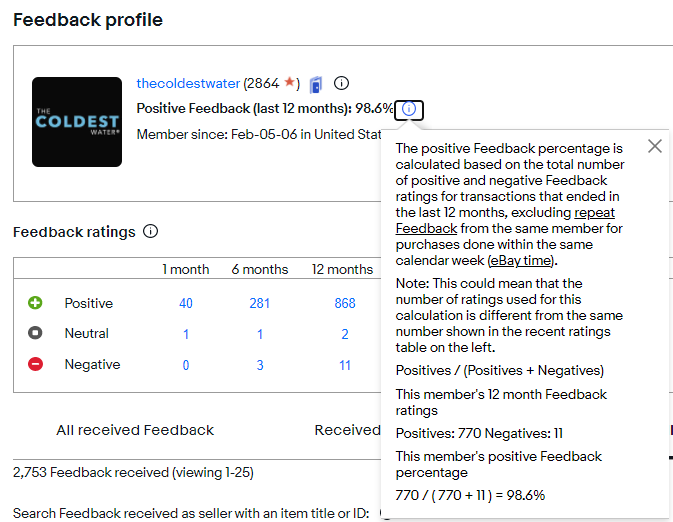How Do You Respond To Negative Feedback On Ebay
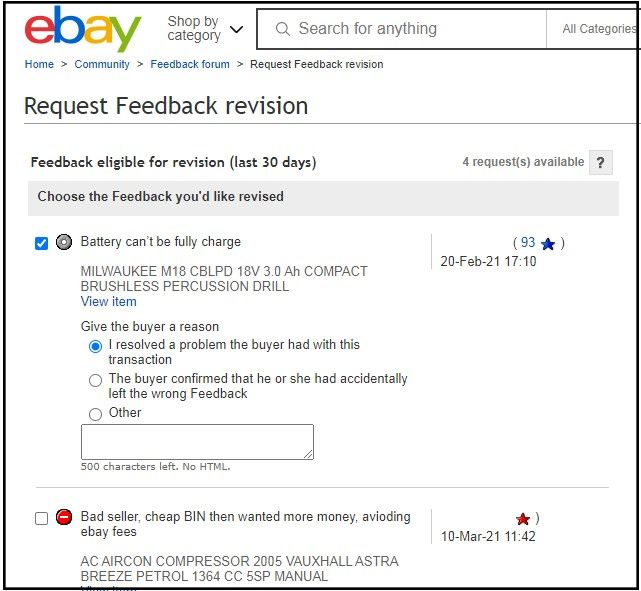
In the fast-paced world of e-commerce, particularly on platforms like eBay, a single negative feedback can feel like a major setback. It can damage your reputation, impact sales, and erode trust with potential buyers. Dealing with negative feedback effectively is crucial for maintaining a thriving online business.
The art of responding to negative feedback on eBay involves a delicate balance of acknowledging customer concerns, presenting your side of the story, and striving for resolution. This article will delve into the best practices for addressing negative feedback, exploring strategies to mitigate its impact and potentially turn a negative experience into a positive one.
Understanding the eBay Feedback System
The eBay feedback system is a vital component of the platform's ecosystem. It allows buyers to rate their experience with sellers, providing valuable insights for other potential customers.
Feedback consists of a positive, neutral, or negative rating, accompanied by a comment explaining the buyer's experience. This system directly influences a seller's reputation and their ability to attract new business.
A high percentage of positive feedback is crucial for building trust and demonstrating reliability. Sellers with consistently negative reviews often struggle to maintain sales and may even face restrictions from eBay.
Immediate Steps After Receiving Negative Feedback
The first step is to remain calm and avoid reacting emotionally. A hasty or defensive response can often escalate the situation and further damage your reputation.
Carefully review the feedback and try to understand the buyer's perspective. Identify the specific issues they are raising and consider whether their concerns are valid.
Contact the buyer directly through eBay's messaging system. This allows you to communicate privately and attempt to resolve the issue without further public scrutiny.
Crafting a Professional and Empathetic Response
Start your message by acknowledging the buyer's frustration and apologizing for their negative experience. Even if you believe the issue is not entirely your fault, expressing empathy can go a long way in de-escalating the situation.
Clearly state that you are committed to resolving the problem. Offer specific solutions, such as a refund, a replacement item, or a partial discount.
Avoid making excuses or blaming the buyer. Focus on taking responsibility for any errors you or your business may have made.
Negotiating a Feedback Revision
Once you have addressed the buyer's concerns, you can politely ask if they would consider revising their feedback. eBay allows buyers to revise feedback within a certain timeframe.
Emphasize that a positive feedback rating is important to you and that you value their business. Do not pressure or harass the buyer into revising their feedback, as this could violate eBay's policies.
Be prepared for the possibility that the buyer may refuse to revise their feedback. If this happens, respect their decision and focus on learning from the experience.
Responding Publicly to Negative Feedback
Even if you cannot get the buyer to revise their feedback, you still have the opportunity to respond publicly to the comment on your eBay profile. This allows you to present your side of the story and demonstrate your commitment to customer service to other potential buyers.
Keep your response concise, professional, and factual. Avoid getting into a lengthy argument or attacking the buyer's character.
Explain the steps you took to resolve the issue and reiterate your commitment to providing excellent customer service. This can help mitigate the negative impact of the feedback and reassure other potential customers.
Preventing Negative Feedback in the Future
The best way to deal with negative feedback is to prevent it from happening in the first place. Focus on providing accurate product descriptions, fast shipping, and excellent customer service.
Respond to buyer inquiries promptly and professionally. Address any concerns or issues before they escalate into negative feedback.
Consider implementing quality control measures to ensure that your products are in good condition and meet buyer expectations. According to eBay's seller standards, maintaining high ratings often correlates with consistent high-quality service.
Utilizing eBay's Feedback Removal Policies
In certain situations, eBay may remove negative feedback. This typically occurs if the feedback violates eBay's policies, such as containing offensive language or revealing private information.
You can also request feedback removal if the buyer violates eBay's policies during the transaction, such as making unreasonable demands or engaging in fraudulent activity. Be prepared to provide evidence to support your claim.
It is important to note that eBay's feedback removal policies are strict, and feedback is only removed in limited circumstances. Do not rely on this as your primary strategy for dealing with negative feedback.
The Long-Term Impact of Feedback
Feedback impacts your overall seller rating, which influences your visibility in search results. Sellers with higher ratings are more likely to appear prominently in search results and attract more buyers. eBay also uses feedback to determine eligibility for certain seller programs and benefits.
Consistently positive feedback builds trust and encourages repeat business. It also strengthens your brand and reputation within the eBay community.
Negative feedback, especially if left unaddressed, can significantly damage your reputation and decrease sales. Addressing negative feedback proactively and effectively can help mitigate its impact and restore buyer confidence. Reputation management is key on platforms like eBay.
Moving Forward: Continuous Improvement
Treat every instance of negative feedback as a learning opportunity. Analyze the root cause of the issue and identify areas where you can improve your business practices.
Solicit feedback from your customers regularly to identify potential problems and address them proactively. This can help you prevent negative feedback from occurring in the first place.
Continuously monitor your feedback ratings and respond promptly to any negative comments. By actively managing your reputation, you can build trust with your customers and maintain a thriving online business on eBay. Strive to always improve customer experience, this strategy will increase positive feedback.

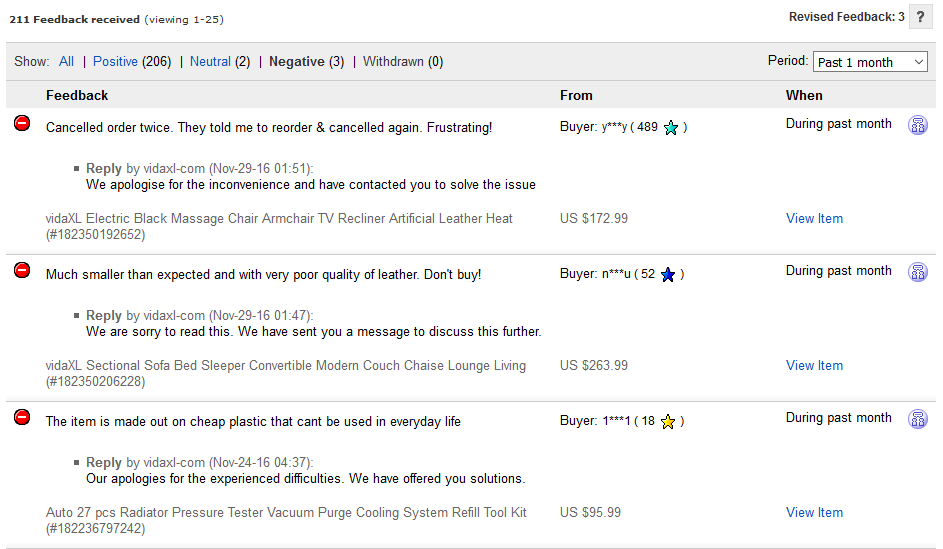



![How Do You Respond To Negative Feedback On Ebay 5. Reply and Follow Up to Feedback - eBay Hacks, 2nd Edition [Book]](https://www.oreilly.com/api/v2/epubs/059610068X/files/httpatomoreillycomsourceoreillyimages116307.png)

